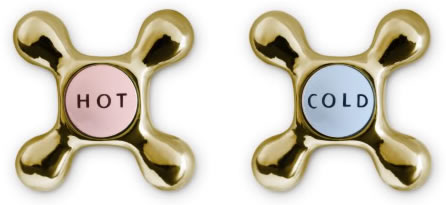
If you have ever experienced an injury, or even the simple aches and pains of daily life, you have probably at some point considered if it would be better to apply a form of ice or heat to the affected area to decrease your pain. The answer to that question is not always perfectly clear cut one way or the other. But there are simple guidelines that you can follow to help direct you towards the best choice for your pain. From a physiological standpoint, ice and heat cause different reactions to occur in your body that can have significant benefits to your affected area. This is a general list of the differences between ice and heat:
General effects of ICE:
- Decreases blood flow by constricting your blood vessels
- Decreases inflammation
- Decreases pain by decreasing nerve conduction
- Decreases spasm /relax muscle
- Local anesthetic effect
General effects of HEAT:
- Increases blood flow by dilating your blood vessels
- Decreases muscle/joint stiffness
- Increases elasticity of tissue
- Decreases pain by promoting relaxation
- Decreases spasm/relaxes muscle
As a general rule, ice should always be used after any immediate/acute injury, or whenever there are signs of inflammation (redness, warmth, and swelling) as ice is beneficial in reducing swelling and decreasing pain. Heat can be an effective choice to use prior to exercise or stretching with more chronic injuries, as it increases the elasticity of tissues and helps warm up your muscles so they can move more efficiently. Both heat and ice can also be beneficial for more chronic type injuries/aches/pains as they both have the ability to decrease pain and relax muscles.
For more information on proper application, contraindications, and appropriate forms of ice vs. heat, ask your physical therapist at ProActive Physical Therapy to help guide you for your specific situation.

